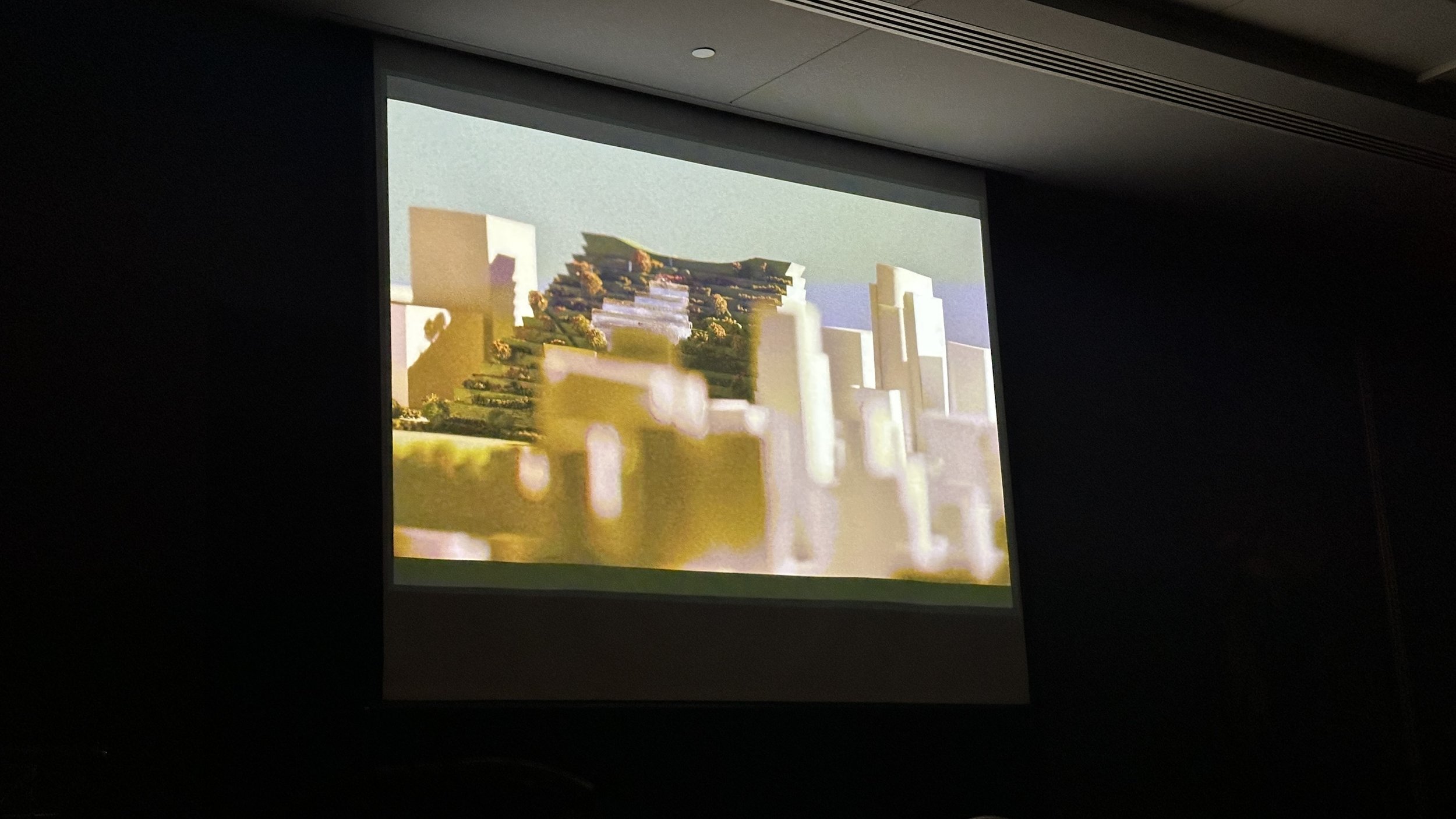Inspired at DCEFF: Why Authentic Green Architecture Means Doing More with Less
/Last week, I attended the Environmental Film Festival in the Nation's Capital for my second year, and I'm excited by how their programming—especially around Built Environment themes—continues to grow and evolve. Events like this remind me how vital it is to step beyond industry silos and connect our construction and design conversations to broader environmental dialogues.
One film that particularly inspired me was “Green Over Gray – Emilio Ambasz,” screened at the Italian Embassy in Washington, DC—a building that is itself architecturally striking and an ideal backdrop for a film exploring the fusion of design and nature. The documentary follows Ambasz’s visionary architecture, which blends poetic expression with pragmatic sustainability. His iconic projects—like ACROS Fukuoka and the San Antonio Botanical Gardens—beautifully illustrate how architecture can genuinely integrate with nature rather than merely adorn it.
Ambasz provocatively states, “Every act of construction is a defiance of nature.” But does it have to be? With the significant efforts our industry is investing in decarbonization, sustainable materials, and climate-aligned strategies, perhaps we’re no longer defying nature—we’re actively seeking alignment through nature-based solutions.
Across my professional practice, I’ve seen an increasing commitment to doing more with less. Efficiency in construction operations isn’t just practical—it’s essential. It’s how we authentically avoid greenwashing, deliver safer, healthier job sites for our crews, and meaningfully advance sustainability.
Ambasz’s work poses a powerful challenge: Can we authentically integrate biophilia, passive design, and situational awareness into our buildings—even within tight constraints? His work reminds us that truly sustainable architecture is more than aesthetic—it’s contextual, purposeful, and deeply authentic.
For those of us working to bring sustainability to life on active job sites, here are some principles worth keeping front and center:
Deepen Contextual Design: Move beyond superficial "green" decoration toward solutions deeply informed by local climate, culture, and ecology. Start each project by performing a thorough site and cultural analysis to ensure design solutions authentically respond to their context.
Pragmatic Poetry: Embrace the tension between poetic vision and practical performance. Establish clear, measurable sustainability goals early in the process to align creative ambitions with real-world benchmarks.
Cross-sector Dialogue: Engage broadly with environmental, policy, labor, and sustainability communities—because these intersectional conversations yield transformative results. Proactively invite voices from diverse sectors to design meetings, policy forums, and jobsite planning conversations to identify shared challenges and collaborative opportunities.
Grateful for another fantastic year at DCEFF—an event I highly recommend to anyone passionate about the intersections between environment, culture, and the built environment.
I’m also eager to learn from you: How are you navigating the balance between sustainability metrics and design intent during construction? What inspires you most about practically and authentically delivering green buildings?
Learn more about this inspiring film here, and take a look at the trailer below:
#SustainableDesign #BuiltEnvironment #Architecture #EnvironmentalLeadership #DCEFF2025 #GreenBuilding #Biophilia #ConstructionSafety #OperationalEfficiency

















